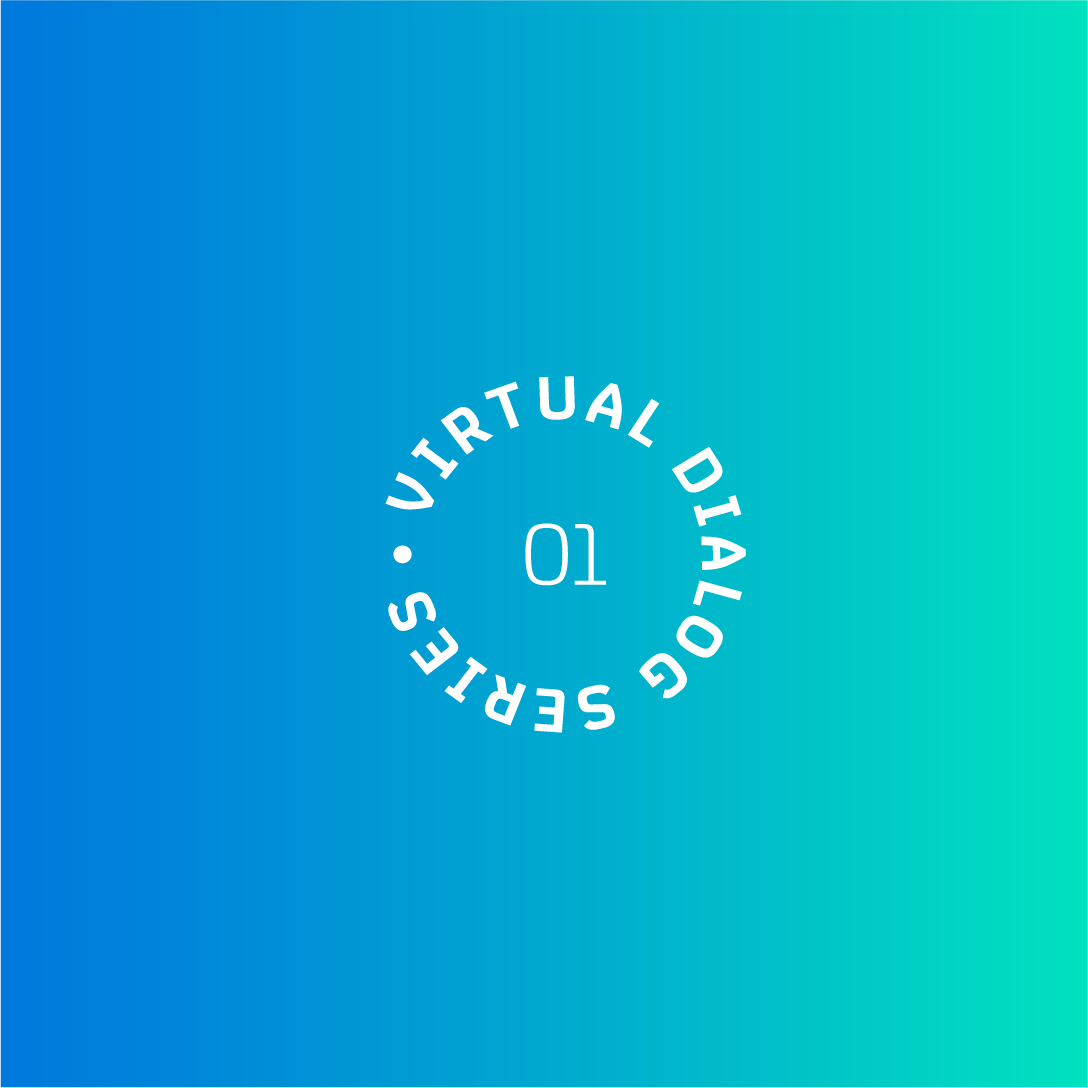First Virtual Dialog
Servitisation to deploy energy efficiency: As a service models in the European environment
First Session: Perspectives from Technology Providers
Mira Tayah from Agoria introduced the first session, which gave the floor to Iain McKechnie from Aston University’s Advanced Services Group. He shared in-depth information on the main elements of the servitisation business model and its implications for the manufacturers’ value creation, delivery and capture processes. Discussing the growing traction of servitisation among end-users, McKechnie noted, “the model is all about making the customer more successful; it is about providing service as a capability, which reduces the resources required to deliver the original need of the customer.”
Following McKechnie, Javier Martinez from Anese coordinated the first panel of experts from technology providers, comprising Eduardo Moreira from Signify, Alix Weil from Delta-EE and Tomas Sanz De Santamaria from GreenYellow. Panellists shared their perspectives on how servitisation enables them to tackle the strong demand-side market barriers prevalent today, which hold back customers from adopting energy-efficient solutions more widely. To introduce the audience to the diverse application possibilities of servitisation across sectors, Signify delved into their solution on Light as a Service that effectively converts capex into opex, and Delta-EE expressed the value and potential of Heat as a Service to de-risk product acquisition for customers. GreenYellow looked into how Cooling as a Service acts as an appealing solution to their clients where more traditional models might be difficult to implement. “With Cooling as a Service and Heat as a Service, since the electricity costs are covered in the fee per usage to the client, GreenYellow has the incentive to lower the energy consumption from the machine room and therefore to increase the efficiency of the cold/ heat output,” observed SantaMaria on the potential of as a service models to catalyse energy efficiency and productivity.
Second Session: Perspectives from Financiers
The second panel of the event, moderated by Dimitris Karamitsos from BASE, welcomed financiers with experience in servitisation. Letizia Coradeschi from SUSI Partners, Ian Robertson from Invigors EMEA, and Simon Lutzenberger from CHG-Meridian exchanged their insights on the co-existence of sustainability and profits under servitisation, the returns that such projects generate, and how more financial backing for the model also incentivises a shift towards a circular economy, essential for speeding up our journey to net-zero emissions. After presenting their expertise in the field, the panellists participated in a dynamic Q&A session. SUSI Partners explained how they typically de-risk their portfolio, CHG-Meridian provided an overview of ways they incorporate a circular economy into their servitisation approach , and Invigors EMEA examined some common methods of mitigating corporate or public credit risk in emerging markets. Panellists further expressed how servitisation unlocks the value of digitalisation for end-users and how it helps reduce waste and optimise energy consumption.
Arno Nijrolder from EiT InnoEnergy provided the concluding remarks of the first virtual dialogue webinar, before sharing with the audience some upcoming news on the EaaS project, including an upcoming webinar in October – whose date will be communicated soon. Stay tuned!
